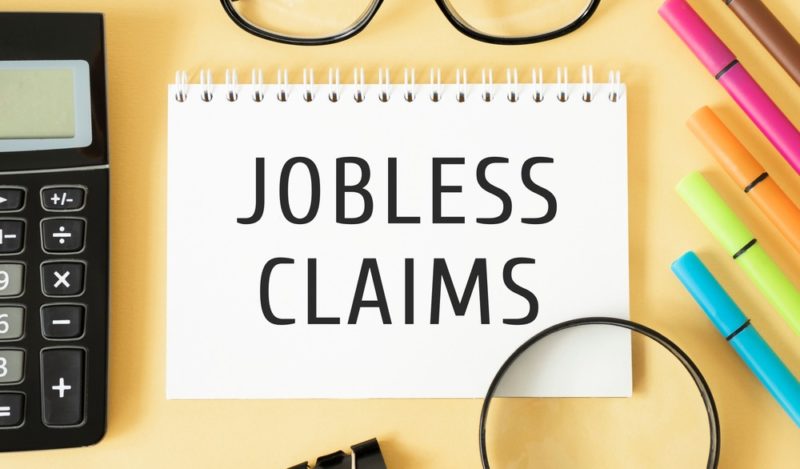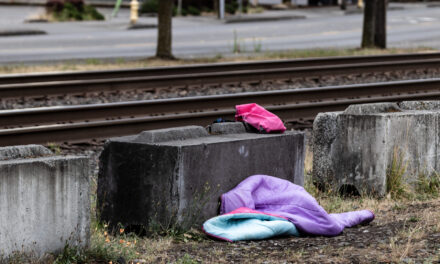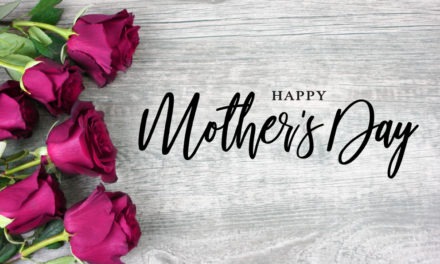Spikes in COVID-19 may threaten future job growth in the U.S., but new unemployment claims last week were still 79% below the peak during the COVID-19 pandemic. To help add some context to this statistic, WalletHub just released updated rankings for the States Whose Unemployment Claims Are Recovering the Quickest.
The rankings were released as another 1.4 million U.S. workers filed for unemployment insurance last week, the Labor Department said Thursday.
This marks the 18th straight week that weekly jobless claims surpassed 1 million. It is also is an increase from last week’s 1.3 million figure — possibly a reflection of some businesses being forced to roll back on reopening plans or even shutter their doors again as coronavirus cases surge.
Last week is the first time in more than three months that the weekly tally rose from the previous week’s level.
To identify which states’ workforces are experiencing the quickest recovery from COVID-19, WalletHub compared the 50 states and the District of Columbia across three metrics based on changes in unemployment claims. Below, you can see highlights from the report, along with a WalletHub Q&A.
To see the states most recovered since the beginning of the COVID-19 pandemic, click here.
Change in California Unemployment Claims (1=Quickest Recovery, 25=Avg.):
643.94% Change in Unemployment Claims (Latest Week vs Last Year)
292,673 the week of July 13, 2020 vs 39,341 the week of July 15, 2019
21st slowest recovery in the U.S.
697.04% Change in Unemployment Claims (Latest Week vs Start of 2020)
292,673 the week of July 13, 2020 vs 36,720 the week of January 1, 2020
9th slowest recovery in the U.S.
958.68% Change in Unemployment Claims (Since Start of COVID-19 Crisis vs Last Year)
6,779,392 between the week of March 16, 2020 and the week of July 13, 2020 vs 707,159 between the week of March 18, 2019 and the week of July 15, 2019
9th quickest recovery in the U.S.
Q: Will recent increases in retail sales help reduce unemployment?
A: “Recent increase in retail sales will help reduce unemployment to some degree because the more revenue businesses are able to bring in, the more prepared they will be to start hiring again. While an uptick in sales is good news for retail, we can do even more to help the sector by practicing social distancing in public to minimize the spread of COVID-19,” said Jill Gonzalez, WalletHub analyst. “We’ll see bigger reductions in unemployment once stores are able to operate at full capacity and all businesses are allowed to reopen, but that may not happen until there is a vaccine. In the meantime, several major retailers such as Walmart and Target have started the #maskup movement, requiring people to wear a mask in stores regardless of state laws. If mandatory mask wearing becomes commonplace in stores, that will lead to greater consumer confidence and less COVID-19 transmission.”
Q: How does the availability of childcare during the COVID-19 pandemic affect unemployment?
A: “The availability of childcare can have a big impact on unemployment because if a state’s childcare programs are closed due to COVID-19, at least one parent in each household may be forced to stay home. A lack of childcare can be devastating for single parents who can’t afford to stay home or families who rely on their children receiving free meals at school,” said Jill Gonzalez, WalletHub analyst. “In states where childcare is not currently available, businesses should make an effort to let parents work remotely, though that is not an option for every type of job.”
Q: How will pauses in states’ reopening processes affect unemployment?
A: “If states pause their reopening processes, we will likely see a slowdown in job growth because people who are temporarily laid off in certain non-essential sectors will have to wait longer to get back to work,” said Jill Gonzalez, WalletHub analyst. “We likely will not see a spike in new unemployment claims unless states close businesses that have already reopened. Rather than impose more lockdowns, states should focus on mandatory measures that protect everyone such as mask wearing in public and temperature checks at workplaces and in airports.”
Q: How is the wearing of masks linked to unemployment?
A: “Wearing masks helps prevent the release of droplets from the mouth or nose that may contain COVID-19, which consequently can help minimize the spread of the virus. Countries with more prevalent mask wearing have been less impacted by coronavirus, so mandating the use of masks in public may help us proceed to a full reopening sooner,” said Jill Gonzalez, WalletHub analyst. “Consumers are more comfortable going out when they know everyone will be wearing masks, according to a recent WalletHub survey, and greater confidence leads to more people leaving the house and supporting businesses again.”
Q: How do red states and blue states compare when it comes to recovery?
A: “With an average rank of 24 among the most recovered states, blue states had a better recovery from unemployment claims last week than red states, which rank 28 on average,” said Jill Gonzalez, WalletHub analyst. “The lower the number of the ranking, the bigger the state’s recovery was.”
Q: How has unemployment in California recovered?
A: “California’s unemployment claims have experienced the 12th slowest recovery in the U.S. For the week of July 13, California had 292,673 new unemployment claims, a 72% decrease from the peak during the coronavirus pandemic,” said Jill Gonzalez, WalletHub analyst.
To view the full report and your state’s rank, please click here:
Image Sources
- Jobless claims: Shutterstock







